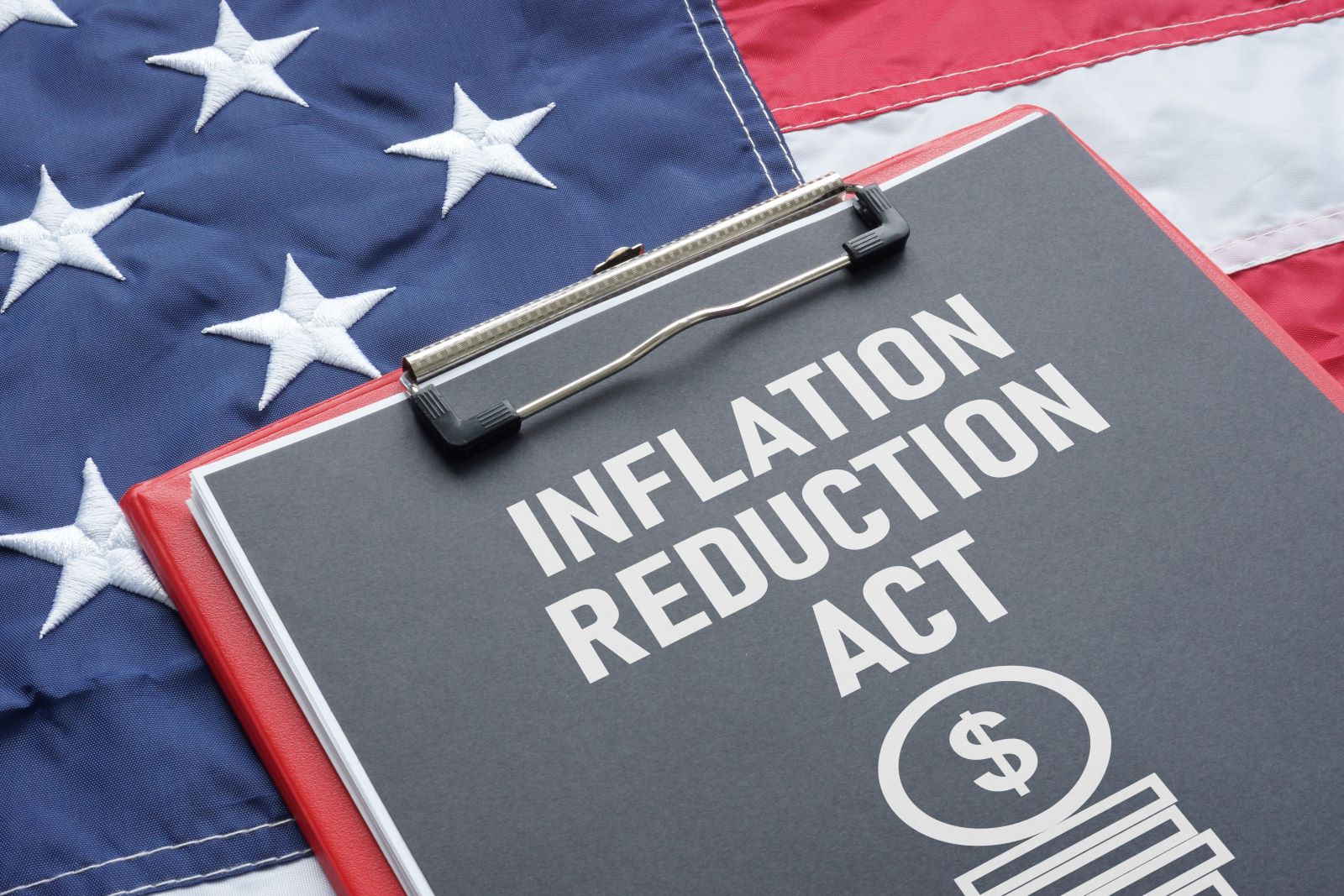A new policy announcement by the Biden team could mean big savings for those of us on Medicare.
The Inflation Rebate Program

The Biden administration has unveiled a plan to lower costs for 64 prescription drugs through Medicare’s inflation rebate program. This initiative, part of the Inflation Reduction Act, aims to reduce out-of-pocket expenses for some older Americans enrolled in Medicare Part B.
How the Rebate Program Works

Under this program drugmakers will have to pay money back to Medicare if they hike up their prices too quickly – faster than inflation, to be exact. Medicare and Medicaid Services (CMS) says these price breaks will be in place from July 1 to September 30, 2024. For that three-month stretch Medicare users might see some relief on their prescription costs.
Scope of Affected Medications

The drugs affected by this measure treat various conditions, including osteoporosis, cancer, and infections. According to the administration, over 750,000 Medicare beneficiaries use these medications annually.
Official Statements on the Program

White House Advisor Neera Tanden stated, “Thanks to President Biden and the new Medicare inflation rebate program, seniors are protected and benefitting from lower Part B drug costs.” However, it’s important to note that the actual impact on individual patients may vary depending on their specific circumstances and coverage.
Potential Savings for Patients

According to The Department of Health and Human Services (HHS), there are a lot of potential savings from this program. Take Padcev, for example. It’s a medication for advanced bladder cancer – anyone taking this could have saved up to $1,181 between April 1, 2023, and March 31, 2024, depending on their coverage and treatment course.
Examples of Cost Reductions

Similarly, someone taking Crysvita – a medicine for a rare genetic condition – could have kept up to $765 in their wallets between July 2023 and March 2024.
Range of Potential Daily Savings

According to a White House press release, this new program could see some people on Medicare saving anywhere from $1 to $4,593 per day on medication.
Controversy Surrounding the Program

This announcement is a controversial one. Special interest groups are pushing Congress hard, trying to axe the Inflation Reduction Act. America has some of the steepest global prescription drug prices. If these lobby groups succeed it would mean older citizens would still be shelling out top dollar prices for their medication.
Pharmaceutical Lobbying

A recent study by Accoutable.US, a government watchdog, revealed that these conservative groups have received almost $1 million from the Pharmaceutical Research and Manufacturers of America (PhRMA). PhRMA is currently suing the administration to stop Medicare from negotiating lower drug prices with the companies that make them.
Drug Cost Reduction Efforts

The Medicare Prescription Drug Inflation Rebate Program is one part of the administration’s larger efforts to lower drug costs.
Additional Cost-Reduction Measures

Other attempts include expanding eligibility for the Low-Income Subsidy program under Medicare Part D and implementing caps on annual out-of-pocket prescription drug costs.
Expansion of Low-Income Subsidy Program

The changes to the Low-Income Subsidy program mean that nearly 300,000 low and modest-income people are getting more support to afford their meds.
Getting The Word Out

The Biden administration has also diverted money to a massive public education campaign in an attempt to reach over three million people who are eligible but have yet to enroll.
Implementation of Cost Caps

And then there are the caps. Starting January 1, 2024, Medicaid Part D enrollees who’ve been drowning in drug costs will get a lifeline. Their yearly expenses will be capped at around $3,500. But the biggest lifesaver comes in 2025 when that cap drops to $2,000. It’s an effort to make sure that all Medicare Part D participants have protection against sky-high drug prices – no more choosing between meds or meals.
Timeline for Rebate Collection

The administration plans to begin invoicing pharmaceutical companies for rebates owed to Medicare no later than fall 2025.
Allocation of Rebate Funds

These rebates will be deposited into the Federal Supplementary Medical Insurance Trust Fund, which is supposed to keep Medicare strong for future generations.
Debate Over Policy Impact

This policy has both supporters and critics. Supporters argue that it will help make essential medications more affordable for seniors and people with disabilities, while critics, including some in the pharmaceutical industry, have claimed that these measures could impact innovation and drug development.
Monitoring Policy Effects

As the administration begins to implement this policy, its effects on drug pricing, patient costs, and big pharma will be closely monitored by policymakers, healthcare providers, and patients.
Future Outlook

Only time will tell whether it actually has as big an impact on Americans’ lives as the Biden administration claims it will have.
Remote No More: 19 Companies Returning to the Office

As the pandemic wanes, companies are recalling remote workers back to the office, sparking debates on fairness, costs, and convenience. However, there are also notable productivity, coworking, and mental health benefits to consider. Feeling the effects of these changes? Remote No More: 19 Companies Returning to the Office
8 Costco Must Buys and 8 to Leave Behind

Ever wandered Costco’s aisles, questioning if that giant jar of pickles is a real bargain? Or debated buying tires where you get your rotisserie chicken? Welcome to the definitive guide to Costco shopping—a journey to save money, prevent regrets, and offer quirky insights into bulk buying. 8 Costco Must Buys and 8 to Leave Behind
23 Reasons Texas Is the Next Big Thing

Texas is becoming a beacon of opportunity, blending cultural heritage with economic growth. From its landscapes to its industries, the Lone Star State offers a dynamic lifestyle. Here are 23 reasons why Texas stands out, attracting entrepreneurs, artists, tech professionals, and families seeking new beginnings. 23 Reasons Texas Is the Next Big Thing
Featured Image Credit: Shutterstock / Consolidated News Photos.
The content of this article is for informational purposes only and does not constitute or replace professional financial advice.

